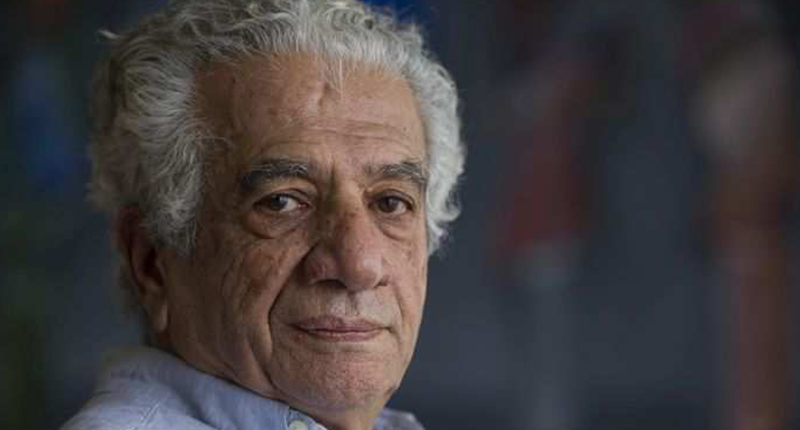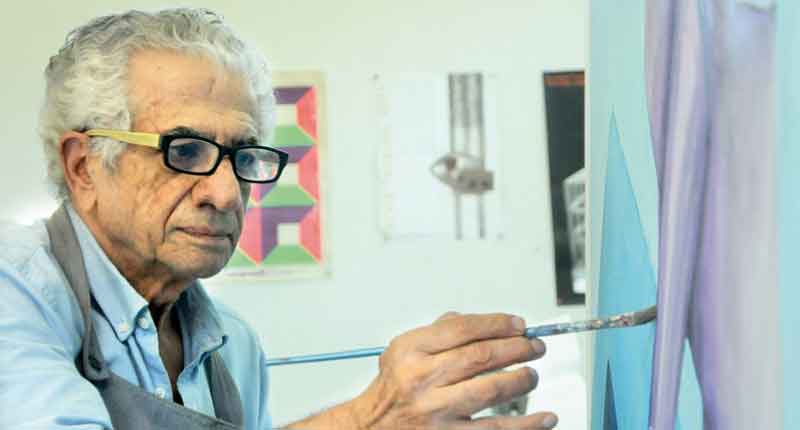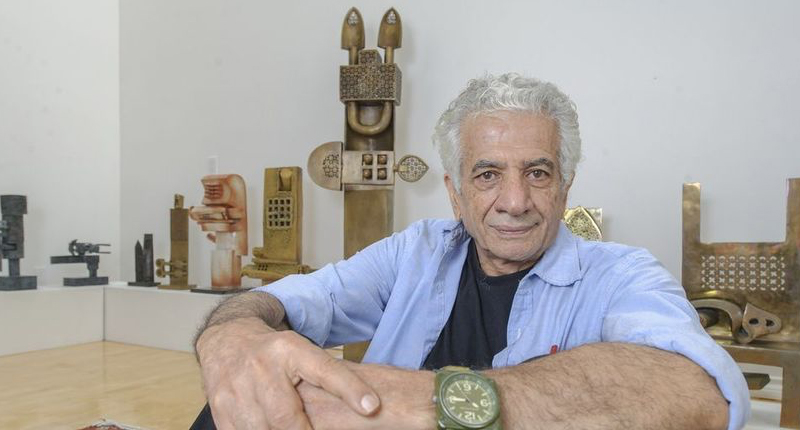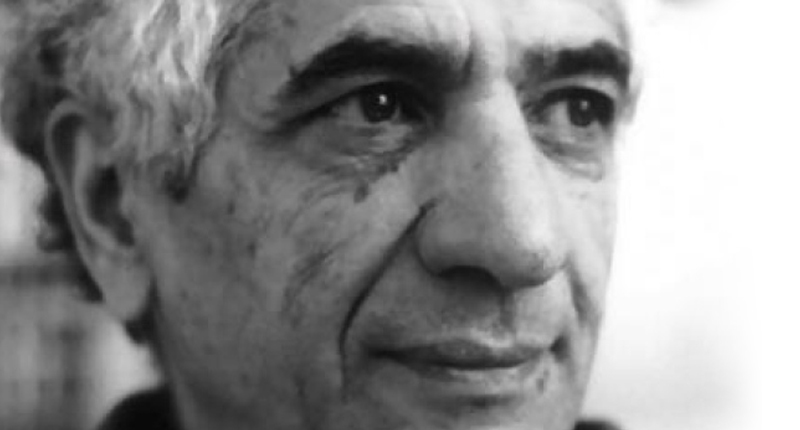"Renowned Iranian artist Parviz Tanavoli barred from leaving country"
By Saeed Kamali Dehghan | The Guardian
2 July 2016
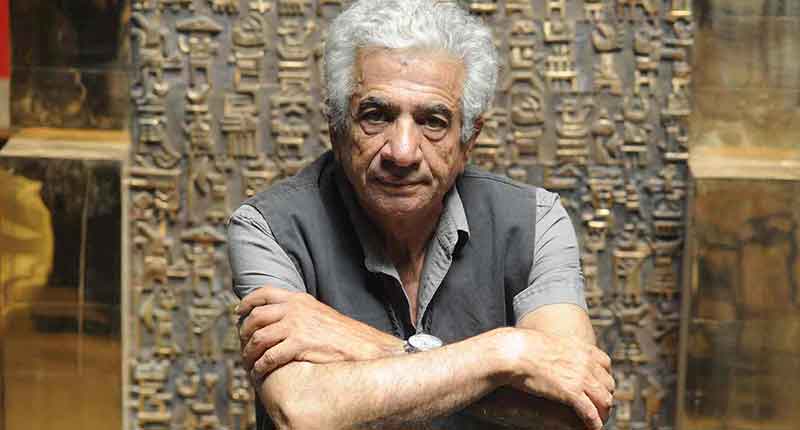
The artist was due to fly to London to speak at the British Museum but had his passport confiscated without explanation
Authorities in Iran have confiscated the passport of the country’s most renowned living artist, Parviz Tanavoli, the day before he was due to speak at the British Museum.
Tanavoli told the Observer that he went to Tehran’s international airport on Saturday to take a Lufthansa flight to London but border officials confiscated his passport and barred him from leaving the country without giving any reasons.
“I have no idea why they did it,” he said by phone from Tehran. “I have not done anything wrong. I spent the whole day at the passport office but no one told me anything, nor did anyone at the airport. I’m not a political person, I’m merely an artist.”
Sunday’s event at the British Museum is a celebration of the work of Tanavoli that it holds in its collection, and serves as the launch for his new book, European Women in Persian Houses, recently published in English by I B Tauris. Tanavoli was due to speak at the event and sign books.
Tanavoli, one of the pioneers of the Saqqakhaneh school, a neo-traditionalist movement, is the Middle East’s most expensive artist at auction. His sculpture The Wall (Oh Persepolis), sold for $2.8m at Christie’s New York in 2008. He is more recognised for his signature bronze sculptures – the tall, majestic bronze statuettes which depict the word heech, which means “nothing” in Persian.
Last year, he held his first US solo museum exhibition, and some of his other works were recently on display at Tate Modern in The World Goes Pop exhibition, which highlighted the influence of pop art outside the western world. Both the British Museum and Tate Modern have acquired some of his work.
The British Museum said it was disappointed by the news and hoped that the issue could be resolved swiftly – the event, however, will still go ahead. “His books would be there but he won’t be there unfortunately,” said Venetia Porter, curator of modern and contemporary Middle Eastern art at the British Museum.
“He is not just an artist, he is a real historian of Iran and has systematically over the years published books about Persian carpets, amulets and other objects. This is what’s extraordinary about him: his deep love of Iranian culture, everything he does, all his art stems out of that.”
Tanavoli is also a collector and has the largest collection of tribal artefacts in Iran. He has everything from Persian steel, locks, tribal textiles and weaving, to tribal bags, horse covers and floor covers. Lock and grills that are draped around Shia shrines are a huge source of inspiration for him and appear often in many of his works.
“This book is amazing because he found that there are these extraordinary houses in Iran, mostly in Isfahan and a couple of other places, that have mirror works, inside them they’ve got these European prints [showing glamorous unveiled European women],” she said. “They belong to the turn of the 20th century and late 19th century.
“What is extraordinary is their survival as monuments and the fact that you have these images within them. Sunday’s event is going to be a celebration of that, a celebration of Parviz as a cultural historian.”
Tanavoli holds a dual Iranian-Canadian nationality. He spends half a year in Iran and the other half in Canada. This was not the first incident involving Iranian authorities and Tanavoli. They have also confiscated some of his works in recent years during a dispute over his house in Tehran.

